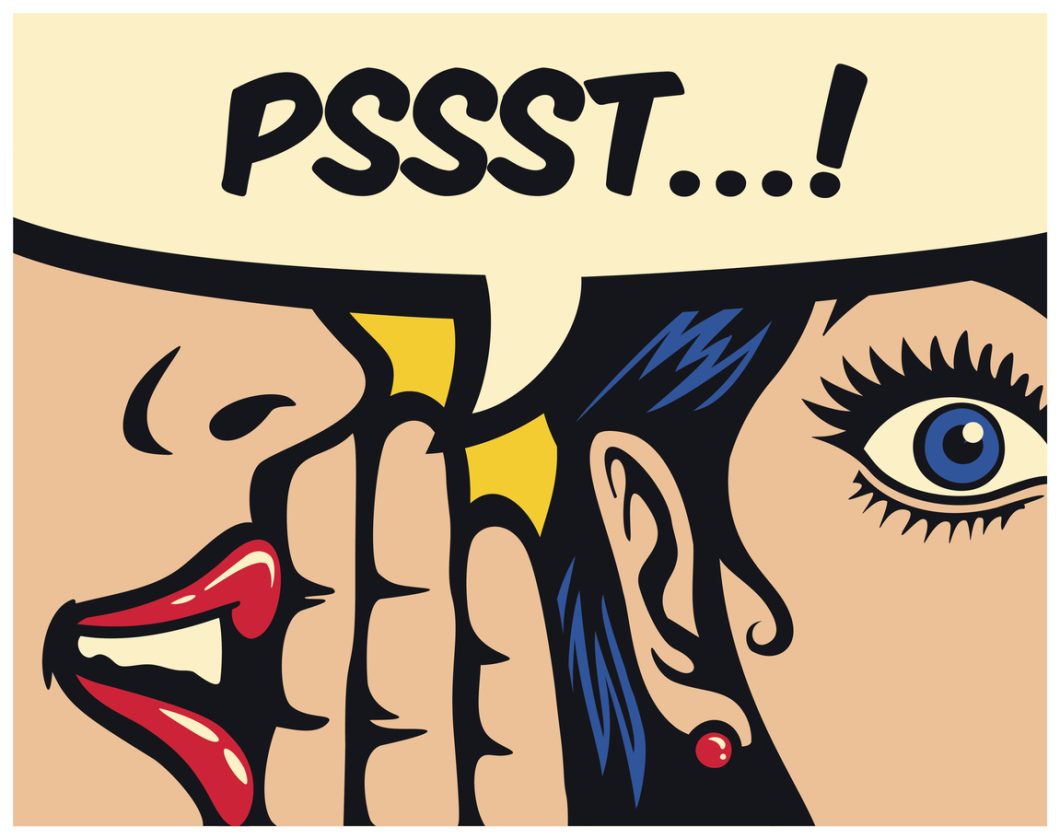
Science writing is a blast. Well, you know, except for the writing part. Each blank document waiting to be transformed into a barn burner of a story seems to scream, “You fraud! You’ll never pull this off.”
For those who have ever felt browbeaten by the blank page (and yes, yes you have), here are some of the tricks I’ve found helpful for painlessly, or at least not so very painfully, producing a solid first draft that provides the foundation to create a sparkling story—without ever having to write it. (Seriously.)
As a rookie journalist, I made the same mistakes most new writers do. I would gather all this incredible material from my interviews (those juicy quotes!) and research (those startling findings!). Then all of that was staring back at me in raw form, waiting for me to shape it into something brilliant. And I was stumped: How do you decide what makes it into your story and what doesn’t? How in the world do you craft a clever lede? Which quotes do you use? What is this story about, anyway?
The first approach I took was to open a blank document and ask myself, “What’s the perfect, enchanting first sentence that will seduce my reader into entering my story? OK, now, what’s the ideal second sentence to keep luring them in?” You can probably guess what happened next: I often choked and failed to put a single word on the page. But even if I pushed past that, I’d commonly get partway through the draft and realize I’d created a path to nowhere. The lede I’d so painstakingly polished to perfection didn’t lead the reader toward the point of the story.
So instead, I tried transcribing entire interviews, pulling out all the good quotes and maybe a couple of swashbuckling scenes from the field, pasting them into a new document, and trying to build my story around them. Ha-ha! No taunting blank page!
But this led to new problems. Trawling through reams of mostly unusable material was a huge amount of effort before I even started writing. Worse, I was letting my sources’ quotes hijack my story. Since I hadn’t homed in on the real point of my story or nailed down the key ideas, I ended up with a mishmash of alluring quotes rather than a coherent narrative.
At last, I figured out a couple of strategies that both let me trick my brain into believing it wasn’t writing and resulted in better, more authoritative stories. Maybe they’ll help you, too.
Not-Writing Strategy 1: The Fake Email to an Editor
My first successful strategy went like this: When I was just about done reporting, I’d read through all my interview notes, PDFs of papers, and other reporting materials, highlighting anything that seemed particularly important—key facts, good quotes, captivating anecdotes. No laborious transcription, no poring over every word, no pasting quotes or colorful anecdotes into a blank file to get myself started writing. Just reading and highlighting, reminding myself of what I’d picked up along the way.
Then, setting my notes aside, I’d jot an exceedingly casual email to my editor (though I usually didn’t send it), describing ever-so-informally what I’d learned through my reporting. “Hey so-and-so, just thought I’d share what I’m finding out about this story. So, the key idea seems to be that X, and this is interesting because it basically means Y. Isn’t that weird?!? Oh, and then here’s this other thing …”
This email was just one long, casual, even sloppy paragraph full of ideas that I barfed up in whatever order they entered my brain. It certainly wasn’t capital-W Writing. No artful lede, no nut graf, no direct quotes. There were typos, clichés, passive sentences galore. All fine, even welcome. But in the process, I ended up distilling the key ideas of my story.
Once I was done with this oh-so-breezy email, I pasted it into a document, then broke it into paragraphs and started to edit it, pulling out the junk and moving it into a coherent order. Next, I’d go back to my notes, using the highlighted tidbits to fill in the scaffolding I’d created with my email. I’d add details, correct things I got wrong when I was jotting from memory, insert quotes, and so on. But no matter how clever or seductive some of those quotes or scenes might be, I included nothing that didn’t support the points I’d made in the offhand email.
Not-Writing Strategy 2: The Ridiculously Elaborate Bullet List
Sometimes I just couldn’t get my brain to believe that I wasn’t actually writing my story in that fake email. My brain was onto me. So over time, I came up with a different tactic, and eventually I began to like it even better.
After reviewing my notes, I set them aside and started to build a list of key ideas. I wasn’t writing an outline—that requires an understanding of the story I usually didn’t have yet. I was just tossing up bullet points, stuff I was pretty sure had to be in the story somewhere.
The first bullet point would capture some key idea of the story as I understood it at that moment. It didn’t need to even be a complete sentence, much less a beautiful one. All that mattered was that the words captured some important idea well enough that I knew what I was talking about.
Then I wrote another bullet point under that one, and then another, and another, and another. I’d rearrange as I went, so that gradually, the ideas flowed in a logical order.
I kept doing this until I’d written down everything I could remember that seemed crucial. Then I’d return to my notes to look for additional important ideas to add to my bulleted list—but not quotes, not yet. Waiting to add quotes forced me to form my own thoughts rather than letting my sources’ words lead me around. People you interview will say all kinds of fascinating, clever things that don’t serve a purpose for your story. Before I let my sources speak up, I had to get a solid hold on my own ideas first.
As I went through my notes and kept thinking, I elaborated on the bullet points, getting increasingly detailed. I also synthesized them, adding subpoints, rearranging, consolidating, tightening the connections between them. In this process, I’d get a clearer sense of the central point of the story, and I’d make sure that every bullet point somehow supported that central idea.
After I’d included everything that seemed important and massaged the list into a coherent flow, I’d add quotes from my interviews, but only if they supported one of my bullet points. This helped me recognize when some amusing, delightful quote just didn’t serve the story. I also made sure I wasn’t relying on a quote to do heavy explanatory work. I needed to understand my own story well enough to produce an explanation that was better than the words a researcher put together on the spot. Only when the source said something that brought an aspect of my story to life—adding emotion or context; expressing an opinion; using unusual, colorful language—did I add the quote to my list.
In doing this, I wasn’t really producing an outline in the traditional sense of a brief topical summary. I was actually creating the story, in the form of a bulleted list. That is, if the story was commissioned at 3,000 words, ideally my bulleted list would have around 3,000 words in it.
Finally, I went back through my list and turned each bullet point into a complete, grammatical sentence. It still didn’t have to be beautiful. It just had to start with a capital letter and end with a period. Next, I’d take out all the bullets, break it up into paragraphs, edit sentences, and find places where I needed transitions.
And voila! With either method, I ended up with a complete draft, without ever wrangling with a blank page or fully admitting that I was writing. It was a piece of writing that I’d thought through and synthesized myself, and it was filled with the fascinating things I’d uncovered, supported with compelling, relevant quotes, with a logical flow and coherence. It wasn’t a work of art, but it had the right architecture, allowing me to turn to the far more enjoyable task of revising.
As it happens, this very story is the result of a variation on strategy one: It began life as a Twitter thread, written quickly and casually, full of cliches and grammatical glitches, which I later caught and corrected while putting together this piece. And now you’ve read a story based on a first draft that I swear I never wrote!

Siri Carpenter is co-founder and editor-in-chief of The Open Notebook. Follow her on Twitter @SiriCarpenter.


